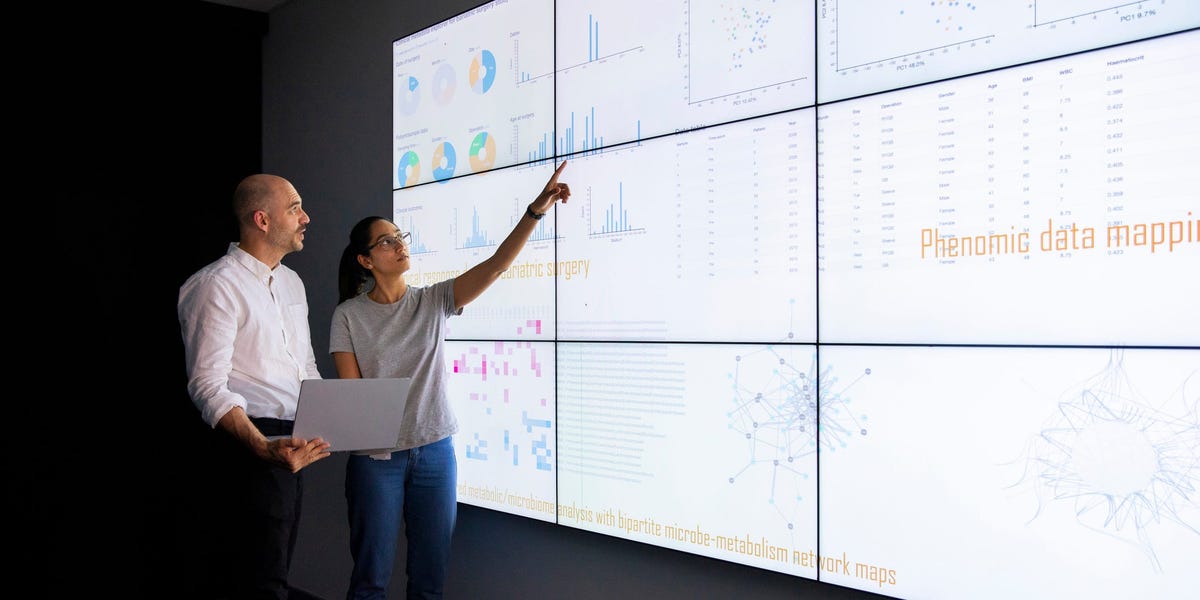By Premkumar Balasubramanian, senior vice president, chief technical officer, Hitachi Digital Services
Too often, discussions about generative AI revolve around the tasks it can perform rather than the business objectives it can support. To assess the value of investments in generative AI models, companies must first develop their knowledge of the tools’ potential for financial impact.
Hitachi Digital Services provides organizations with the expert guidance they need to select appropriate use cases, models that are relevant across multiple dimensions, and a structured methodology to take those use cases from concept to production. We partner with customers to build models that are trained to produce data customized for specific industry use cases that meet their business outcome, accuracy, cost, and responsibility criteria.
And, through our Hitachi Application Reliability Centers (HARC), we help organizations evaluate the resulting ROI on the basis of quantifiable metrics for reliability, observability, and impact on their financial operations. Here’s why adopting AI can help companies meet their operational and financial goals.
Converting AI to ROI by protecting business assets
Achieving a strong ROI starts with recognizing that unlocking data’s value depends on defining its structure and ensuring that the tools you use will support your financial and business performance targets. Your models must be trained meticulously to capture a comprehensive understanding of the business assets they’re protecting and the operational behaviors they’re intended to manage.
With a rich and growing library of accelerators under our RO2.ai (Reliable, Observable, and Optimal AI) framework, Hitachi Digital Services helps organizations identify the right use case for the desired business outcome. We then help pair each use case with the right AI strategy, including the applicability of generative AI. Our decades of industry experience give us the expertise you need to build and train specific AI models for your specific use cases. While AI applicability to a use case can potentially be tested using proofs of concept, landing your use cases in production to achieve meaningful business value requires a meticulous methodology that takes into account factors such as responsible AI, AI observability, and cost management through FinOps for AI. HARC encompasses a set of tools, frameworks, and methodologies designed to help productionize applicable AI use cases.
To further support optimal financial operations for your company, your generative AI models must be trained to encompass operational and information technology priorities and perspectives. For this reason, Hitachi Digital Services strongly advocates building an AI strategy that uses federated quantized models to deliver volume, speed, and accuracy advantages keyed to specific use cases for the best ROI. Federation is a strategy that pairs specific models and use cases instead of attempting to create a one-size-fits-all solution, which can become cost-prohibitive over the long run.
Trained to flag and fix problems before they occur
Taken in the abstract, these technological explanations can sound to the uninitiated more like science fiction than business strategy. To understand how these ideas translate to real-world use, consider predictive maintenance use cases that are often implemented by organizations across domains such as fleet management, automotive, and plant floors.
Hitachi has worked in partnership with many organizations to develop predictive maintenance capabilities that enable them to more efficiently service fleet vehicles, predict and prevent manufacturing equipment outages, and improve the resilience of electrical grids. The next step in these organizations’ digital transformation is to train sophisticated AI models that, when integrated into a company’s operational and information technology platforms, can predict failures and prescribe the steps necessary to complete repairs preemptively before breakdowns occur.
To accomplish this effectively, enterprises need a methodology that can help them not only determine how generative AI technology will work for them, but also deploy and manage it at scale. HARC applies reliability engineering principles and model observability to ensure that new models operate reliably across different dimensions, accurately provide results, remain available, and respond faster.
By focusing on the development of federated, quantized models, HARC delivers multiple advantages in size, speed, and accuracy to its customers. For example, companies can:
From purpose-built models to organization-wide transformation
Hitachi Digital Services has implemented solutions across a broad spectrum of use cases. By integrating operational and information technologies with generative AI, the company has created models for transportation diagnostics, power substation design, accelerated decision-making in private equity, and knowledge management, among other areas of business concern.
Because the use cases for today’s organizations are so diverse, it’s essential to isolate the elements that can deliver the maximum ROI and train models to those objectives. Generative AI can and will ultimately have an organization-wide impact, but by developing purpose-built models attuned to specific use cases, companies can realize their strongest potential for achieving maximum long-term benefits.
Learn more about how Hitachi Digital Services uses AI to empower informed decision-making.
This post was created by Hitachi Digital Services with Insider Studios.




